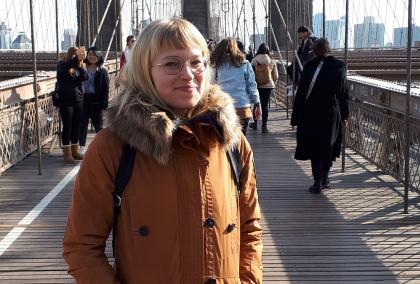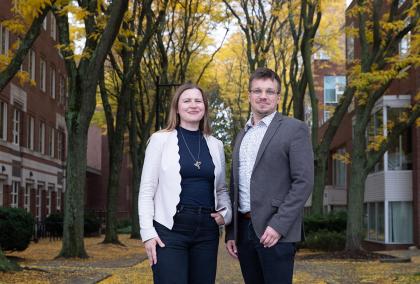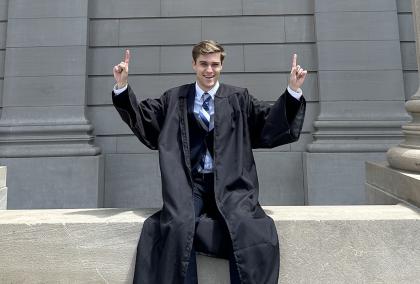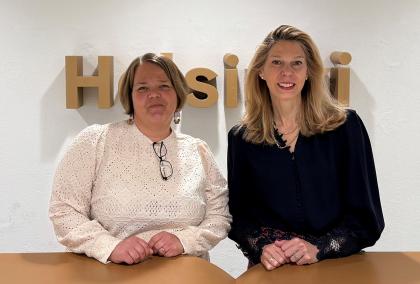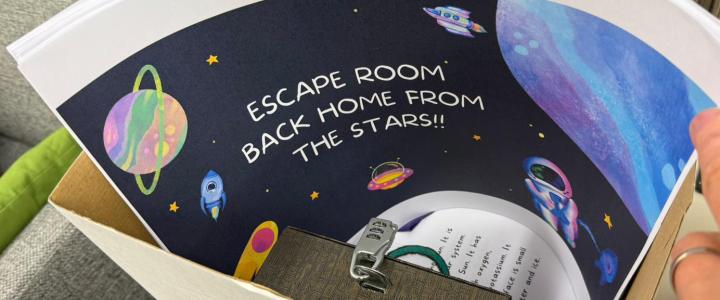

When we think about science, technology, engineering, and math (STEM) education, schools are often the first settings that come to mind. But what if the most powerful opportunities to support children's STEM thinking happen not just in classrooms—but through meaningful connections between homes, schools, and universities?
As a Fulbright Specialist, I had the opportunity to spend several weeks in Joensuu, Finland exploring that very question. Hosted by Fulbright Finland alum Lasse Eronen from the University of Eastern Finland, we collaborated with university students to design new ways to engage families in STEM learning.
The focus was on creating hands-on, problem-solving activities—particularly escape room kits—that children in grades 4-6 and their caregivers could work through together in their own homes. These kits included activities rooted in science, mathematics and engineering concepts, as well as guides for caregivers to help them support their children’s thinking and experimentation. For example, one group designed an escape room kit around the theme of space, which gave them a creative way to engage children in STEM concepts and practices like building model rockets and imagining the features of an ideal planet to live on.
Although home–school cooperation is emphasized nationally, many parents report feeling disconnected. At the same time, research shows that teachers often don’t feel prepared to engage families in meaningful ways. Our work helps bridge this gap by giving future teacher hands-on experience in designing with families in mind.
University students were asked to reflect on how they involved parents—not just as helpers, but as partners in the learning process. One student summed it up well: “The escape room kit made us think more about the parents because when we are like creating it for a classroom, maybe we don't think so much about parents and how to involve them in this learning process. The development of the kits made us think about their side.”
From Classroom Innovation to International Research
What started as a classroom collaboration quickly became a cross-cultural research project. My host and I developed research questions focused on how future teachers conceptualize family engagement and how designing home-based escape room kits helps them think more deeply about supporting problem-solving as a shared activity between children and caregivers.
At the heart of this research is a belief that the home can be a powerful learning environment—one that is often overlooked in formal education systems. Our work invites future teachers to see parents as capable STEM educators, and to design learning materials that make that role visible and meaningful.
Escape room kits, in particular, offer a unique opportunity to strengthen home–school connections. Unlike traditional homework, these kits are playful, collaborative, and open-ended. As described by the university students, the kits allow children to work at their own pace, experience productive failure in a comfortable setting, and reduce stress while still reinforcing key ideas from school.
Impact and Next Steps
My time in Finland inspired several new directions for my teaching and research.
During my time in Finland, I met with a headmaster of a local school regarding how to build home-school connections through engineering kits I developed as part of a U.S. National Science Foundation grant that engaged families in engineering design concepts in their home environment. We discussed ways to adapt the kits to local topics—such as sustainability—and even considered the potential for a broader European Union Erasmus collaboration involving schools across Europe. One exciting idea was to support children in different countries as they complete the kits and then engage in virtual “show and tell” sessions to share what they learned.
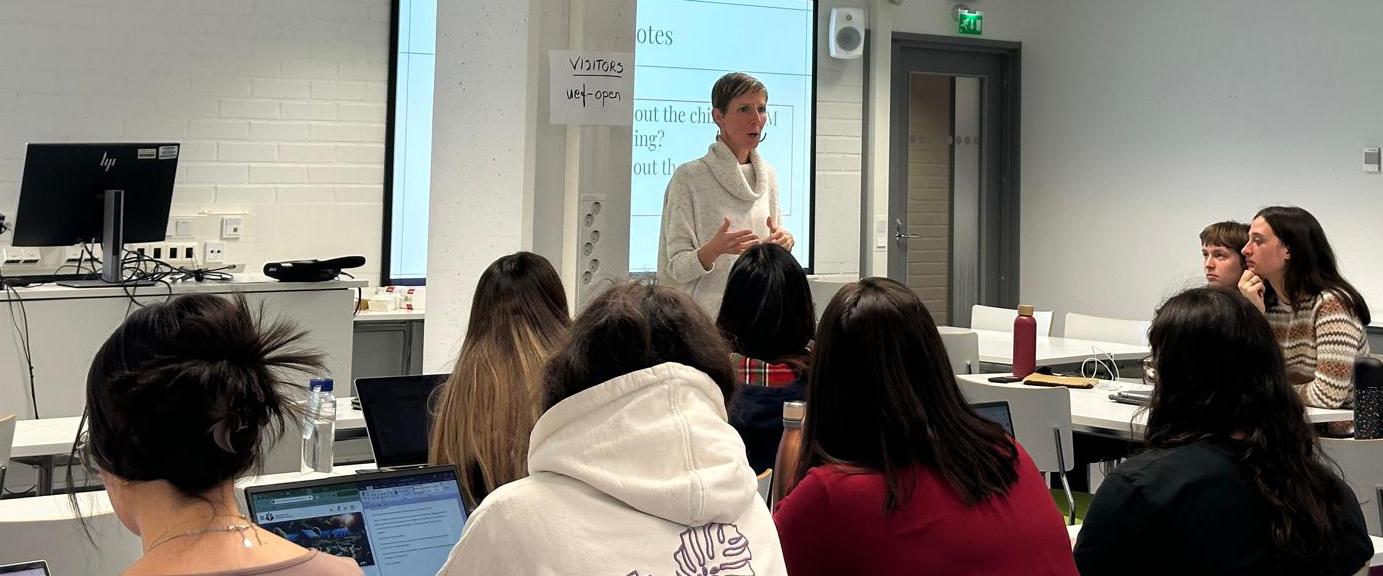
My time in Finland inspired several new directions for my teaching and research. Influenced by Finland’s focus on sustainability and the Agenda 2030 goals, I plan to develop new STEM kits for U.S. families that integrate themes like environmental responsibility. Working alongside Finnish students also shifted my thinking about how to structure escape room kits for family use.
During my visit, I created a prototype that I’ll soon test with families in the U.S.—an exciting new direction for my research that builds on my previous engineering design kits and deepens the home-school connection. The experience further expanded my vision for university–school–home partnerships, and I plan to integrate these models into my own courses. My host and I are also developing a collaborative exchange between our universities, where students will share problem-solving strategies and STEM teaching ideas through asynchronous communication, shared lectures, and presentations
Why Fulbright Matters
Supporting Fulbright Finland Foundation exchanges creates meaningful ripple effects—across research, teaching, and international collaboration. This experience allowed me to co-develop educational tools with real-world relevance, build new academic partnerships, and explore creative ways to unite schools, homes, and universities. When we invest in these cross-cultural experiences, we’re investing in a future of shared learning, innovation, and global understanding.
Amber Simpson
Associate Professor, Binghamton University, NY
2025 Fulbright Specialist, University of Eastern Finland, Joensuu
Read the whole Fulbright Finland News 1/2025!

